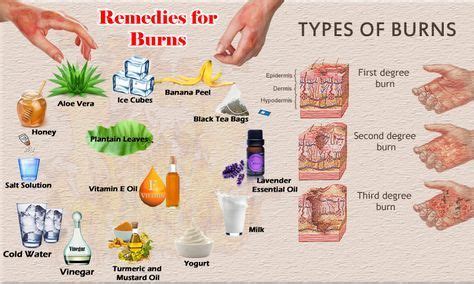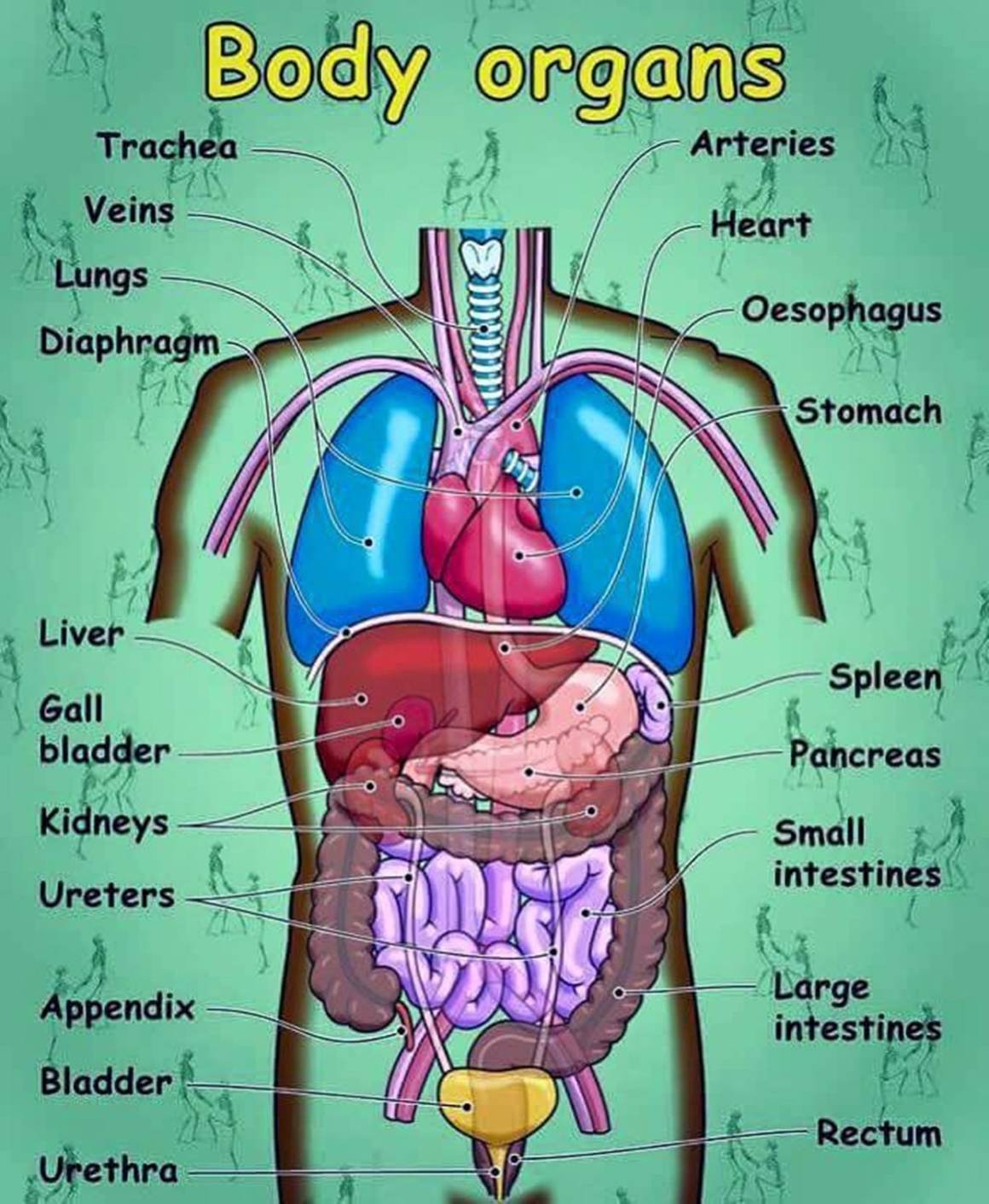When it comes to managing 2nd-degree burns, also known as partial-thickness burns, the goal is to promote healing, minimize scarring, and prevent infection. These burns affect both the outer layer (epidermis) and the inner layer (dermis) of the skin, leading to pain, swelling, and the formation of blisters. Here are 10 burn remedies that can provide relief for 2nd-degree burn victims, along with some essential information on how to treat and care for such burns.
Understanding 2nd-Degree Burns
Before diving into the remedies, it’s crucial to understand the characteristics of 2nd-degree burns. They are categorized into two types: - Superficial partial-thickness burns that affect the upper part of the dermis; these tend to heal within 2 weeks with minimal scarring. - Deep partial-thickness burns that extend deeper into the dermis; these can take longer than 3 weeks to heal and may result in significant scarring.
1. Cool Water
For immediate relief, cool tap water (not ice water) can be used to reduce the temperature of the burned skin and ease the pain. This should be done for about 10 minutes or until the pain subsides. Never use ice or ice water, as this can cause further damage.
2. Aloe Vera Gel
Aloe vera has anti-inflammatory properties and can help soothe the skin, promoting healing. Applying pure aloe vera gel (free of additives) to the affected area can provide significant relief. However, it’s essential to ensure the burn is clean and dry before application.
3. Honey
Honey is known for its antibacterial properties and can aid in wound healing. It keeps the wound moist, promotes tissue repair, and reduces the risk of infection. Look for medical-grade honey, as it’s processed to remove bacteria and other contaminants.
4. Tea Tree Oil
Diluted tea tree oil can be beneficial due to its antimicrobial properties, which help prevent infection. However, it should be diluted with a carrier oil (like coconut or olive oil) and applied after the initial healing process has begun, as it can irritate open wounds.
5. Vitamin E Oil
Vitamin E oil can help in the healing process by promoting skin regeneration and reducing the appearance of scars. Apply it gently once the burn has started to heal and the scab has fallen off.
6. Coconut Oil
Coconut oil has antimicrobial and moisturizing properties, which can help keep the wound area clean and hydrated, promoting faster healing. However, apply it after the burn has started to heal and is no longer open.
7. Oatmeal
Oatmeal baths or pastes can be incredibly soothing for burn victims, reducing itching and discomfort. Colloidal oatmeal, in particular, is finely ground and can be added to bath water for relief.
8. Burn Creams
Over-the-counter burn creams and gels can provide relief and protection. Silvadene cream, for example, contains silver sulfadiazine, which is effective against a broad spectrum of bacteria and can be used on 2nd-degree burns.
9. Silver Dressings
Silver dressings are used in wound care for their antibacterial properties. They can help reduce the risk of infection and promote a moist environment conducive to healing.
10. Proper Wound Care
Perhaps the most critical aspect of managing 2nd-degree burns is proper wound care. This includes cleaning the burn daily with mild soap and water, applying antibiotic ointment, and covering it with a non-stick bandage. Monitoring for signs of infection (increased redness, swelling, increased pain, pus, or fever) is also essential.
FAQ Section
How long does it take for a 2nd-degree burn to heal?
+The healing time for 2nd-degree burns can vary depending on the depth and size of the burn. Superficial partial-thickness burns typically heal within 2 weeks, while deep partial-thickness burns can take more than 3 weeks.
What are the signs of infection in a burn wound?
+Signs of infection include increased redness around the burn, swelling, increased pain, pus or a foul odor from the burn, and fever. If you notice any of these symptoms, seek medical attention immediately.
Can I pop the blisters from a 2nd-degree burn?
+No, it's generally advised not to pop blisters from burns. Blisters are the body's way of protecting the wound and promoting healing. Popping them can introduce bacteria into the wound, leading to infection.
Conclusion
Managing 2nd-degree burns requires careful attention to promote healing, prevent infection, and minimize scarring. By using the right remedies and following proper wound care techniques, burn victims can recover more effectively. Always monitor for signs of infection and seek medical attention if there are any concerns about the healing process.



